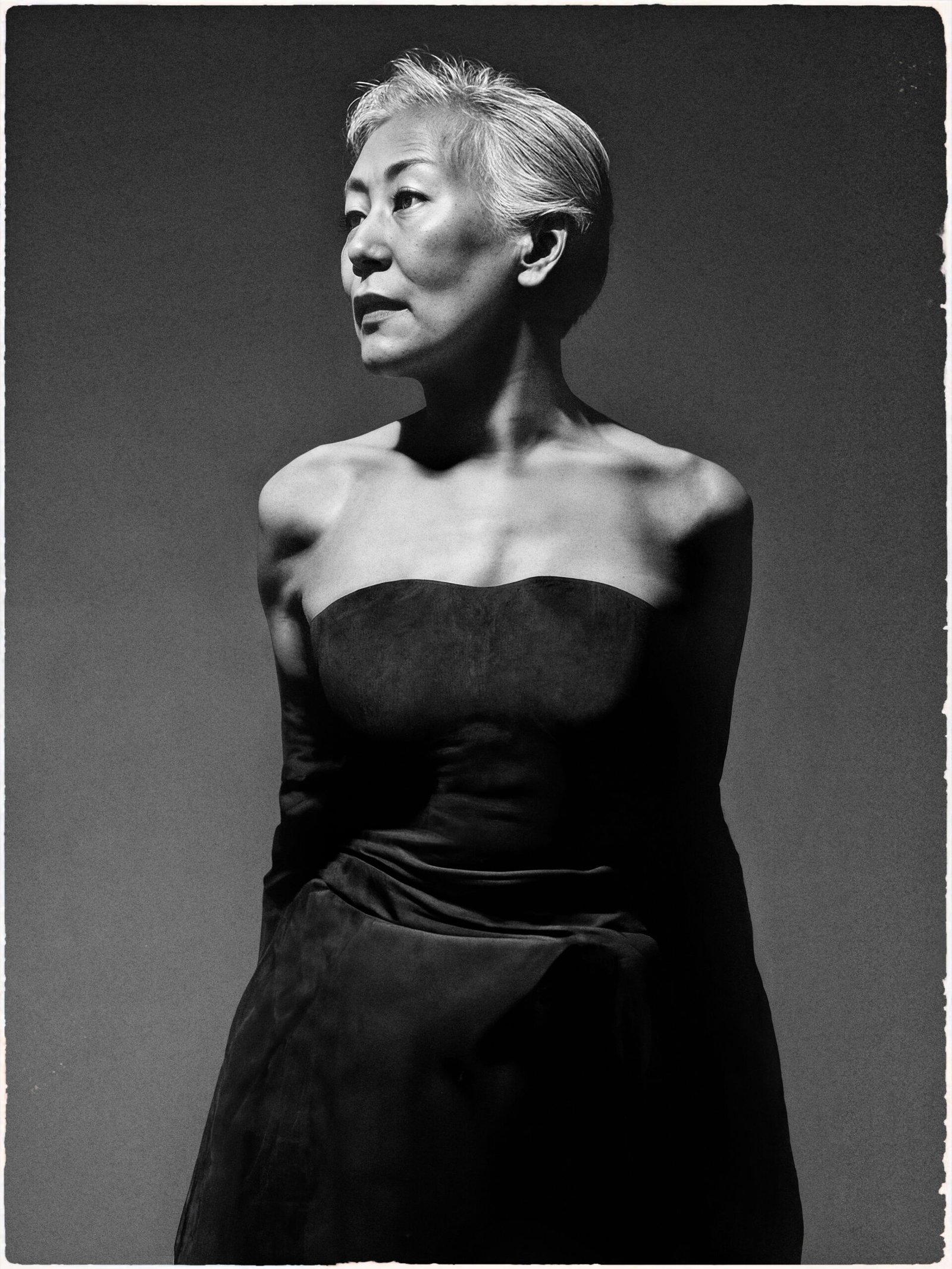
Diverse Threads: The Ever-Evolving World of Fashion

The Evolution of Fashion
Fashion is an ever-evolving art form that reflects the cultural, social, and economic shifts of society. From the intricate garments of ancient civilizations to the avant-garde designs of modern fashion houses, the industry has continuously adapted to the changing world. The evolution of fashion is a testament to human creativity and the celebration of diversity.
Cultural Influence on Fashion
One of the most significant drivers of diversity in fashion is the influence of different cultures. Throughout history, fashion has been shaped by the traditions, customs, and aesthetics of various societies. The vibrant colors of traditional Indian clothing, the elegant simplicity of Japanese kimono, and the intricate beadwork of African garments are just a few examples of how diverse cultural influences have enriched the fashion landscape.
Furthermore, the cross-pollination of styles and techniques from different parts of the world has led to the emergence of hybrid fashion trends. This fusion of diverse elements has not only expanded the creative possibilities within the industry but has also promoted a deeper understanding and appreciation of global cultures.
Celebrating Individuality and Self-Expression
Another aspect of diversity in fashion is the celebration of individuality and self-expression. Fashion serves as a powerful means for people to express their unique personalities, beliefs, and identities. Whether it’s through bold and unconventional designs, or through the choice of clothing that resonates with one’s cultural or subcultural affiliations, fashion allows individuals to communicate and celebrate their diversity.
The rise of inclusive and body-positive fashion movements has also played a pivotal role in promoting diversity within the industry. Fashion brands and designers are increasingly embracing a more inclusive approach by featuring models of different ethnicities, body types, and gender identities in their campaigns and runway shows. This shift towards diversity not only reflects the reality of the diverse consumer base but also sends a powerful message of acceptance and representation.
Sustainability and Ethical Diversity
In recent years, there has been a growing emphasis on sustainability and ethical diversity within the fashion industry. This has led to a surge in eco-friendly and socially responsible practices, as well as a greater appreciation for traditional craftsmanship and artisanal techniques from diverse cultures.
Many fashion brands are now collaborating with artisans and craftsmen from marginalized communities, not only to preserve traditional skills but also to provide economic opportunities and support cultural diversity. This approach not only enriches the fashion landscape with unique and authentic creations but also fosters a more ethical and inclusive industry.
Furthermore, the focus on sustainable and ethical fashion has given rise to a more diverse range of materials and production methods. From upcycled textiles to cruelty-free alternatives, the industry is embracing a broader spectrum of choices that align with diverse environmental and ethical values.
Conclusion
The creativity and diversity in fashion are not only a reflection of the rich tapestry of human expression but also a driving force for positive change. By embracing diverse cultural influences, celebrating individuality, and promoting sustainability and ethical diversity, the fashion industry continues to evolve as a vibrant and inclusive platform for creative expression and self-discovery.
The Democratization of Fashion
One of the most significant transformations in the fashion industry has been the democratization of style. In the past, fashion was often perceived as an exclusive domain, accessible only to the elite and the privileged. However, the rise of fast fashion and the proliferation of social media have significantly changed this perception.
The democratization of fashion has empowered individuals from all walks of life to express their personal style and participate in the fashion discourse. The widespread availability of affordable, trend-driven clothing has made fashion more accessible to the masses, allowing people to experiment with different styles and create their unique looks.
Moreover, the growth of social media platforms has provided a platform for individuals to showcase their fashion choices, inspiring and influencing others. Bloggers, influencers, and everyday fashion enthusiasts have become powerful voices in the industry, challenging traditional notions of beauty and style.
This democratization of fashion has also fostered a more inclusive and diverse industry. Consumers are now demanding greater representation and diversity in fashion, and brands are responding by featuring models and designers from diverse backgrounds. This shift has not only challenged the industry’s long-standing biases but has also opened up new opportunities for underrepresented communities to participate in and shape the fashion landscape.
The Intersection of Fashion and Technology
The fashion industry has also witnessed a significant transformation through the integration of technology. From the advent of e-commerce to the rise of virtual fashion and augmented reality, technology has revolutionized the way we engage with and consume fashion.
The integration of technology has not only streamlined the shopping experience but has also introduced new ways for consumers to explore and experiment with fashion. Virtual try-on tools, for instance, allow customers to visualize how a garment would look on them, reducing the need for physical fitting and enhancing the overall purchasing experience.
Moreover, the advent of 3D printing and digital fashion have opened up new creative possibilities for designers and fashion enthusiasts alike. These technologies enable the creation of unique, customized garments and accessories, blurring the lines between the physical and digital realms of fashion.
Furthermore, the use of big data and artificial intelligence in fashion has enabled brands to personalize their offerings and cater to the diverse preferences of their customers. By analyzing consumer behavior and preferences, fashion companies can now develop more targeted and tailored products, catering to the diverse needs and tastes of their audience.
The Global Reach of Fashion
The fashion industry has also become increasingly globalized, with designers, brands, and consumers from around the world influencing and shaping the industry. The internet and global trade have made it possible for fashion to transcend geographical boundaries, allowing for the exchange of ideas, styles, and cultural influences.
This globalization of fashion has not only expanded the creative diversity within the industry but has also fostered a deeper appreciation for diverse cultural and aesthetic traditions. Designers from various parts of the world are now incorporating elements of their local heritage into their creations, resulting in a rich tapestry of fashion that reflects the world’s cultural diversity.
Furthermore, the global reach of fashion has opened up new opportunities for emerging designers and brands from underrepresented regions to gain international recognition and access to broader consumer markets. This has led to a more diverse and inclusive industry, where talent and creativity are celebrated regardless of geographical origin.
The globalization of fashion has also had a significant impact on consumer preferences and trends. Consumers are now more exposed to diverse fashion influences, leading to a greater appreciation for multicultural styles and a desire for unique, culturally-inspired fashion choices.
The Transformative Power of Fashion
Fashion is not merely a reflection of personal style; it is a powerful medium that can drive social change and promote diversity. Throughout history, fashion has been used as a tool for self-expression, political activism, and social commentary.
The rise of activist fashion, for instance, has seen designers and fashion enthusiasts using their creations to raise awareness and advocate for important social and environmental causes. From garments featuring empowering slogans to collections that highlight sustainable and ethical production, fashion has become a powerful platform for promoting diversity and social justice.
Furthermore, the fashion industry has played a crucial role in challenging societal norms and breaking down stereotypes. Fashion designers and models from diverse backgrounds have challenged the traditional standards of beauty and representation, paving the way for a more inclusive and diverse industry.
The transformative power of fashion can also be seen in its ability to empower marginalized communities. Fashion has provided economic opportunities and platforms for underrepresented groups to showcase their unique cultural expressions and craftsmanship, contributing to the overall diversity of the industry.
As the fashion industry continues to evolve, it remains a powerful force for promoting creativity, diversity, and social change. By embracing inclusivity, sustainability, and the celebration of global cultural influences, the fashion industry can continue to inspire and transform the way we perceive and engage with the world around us.


